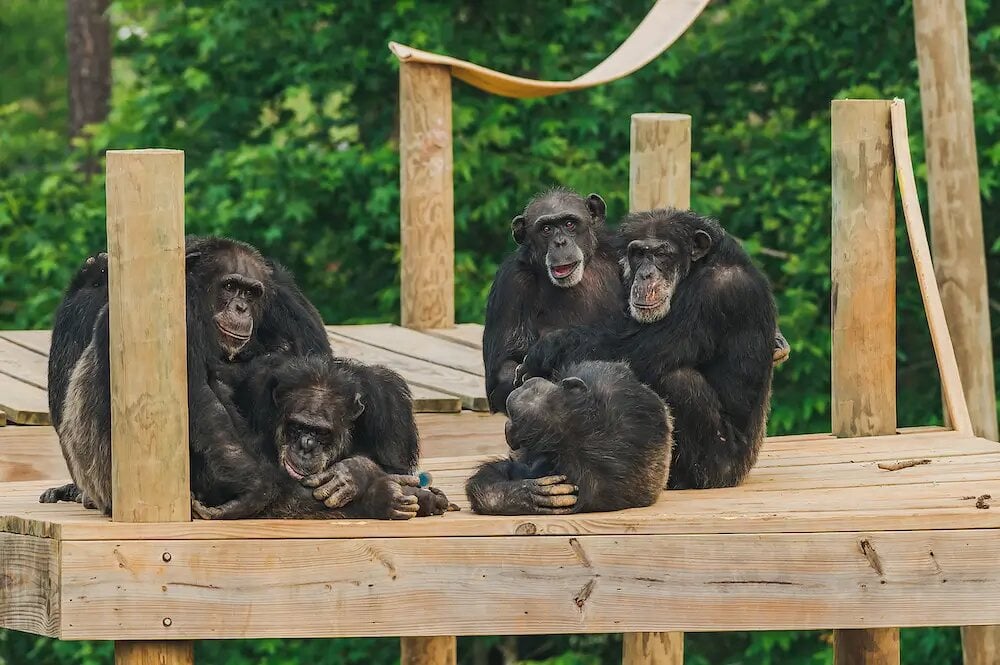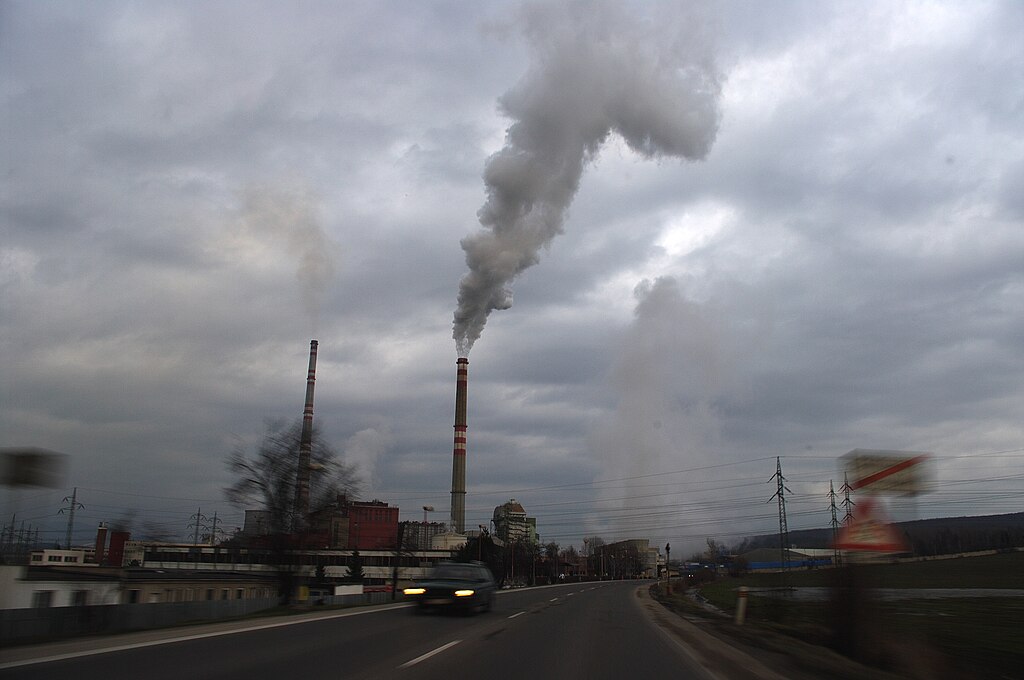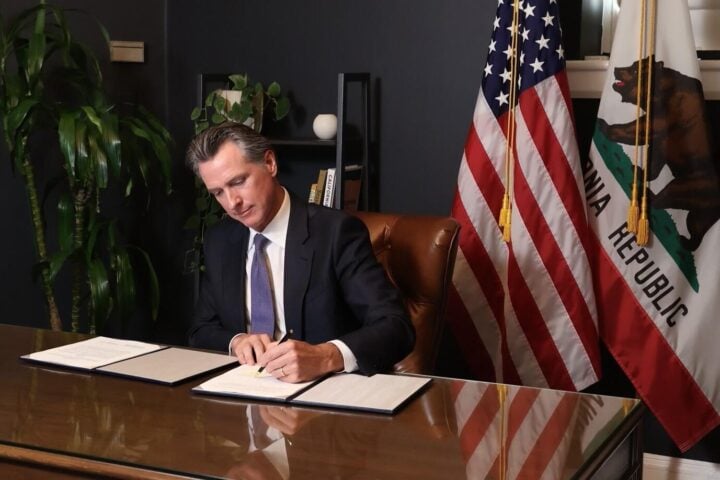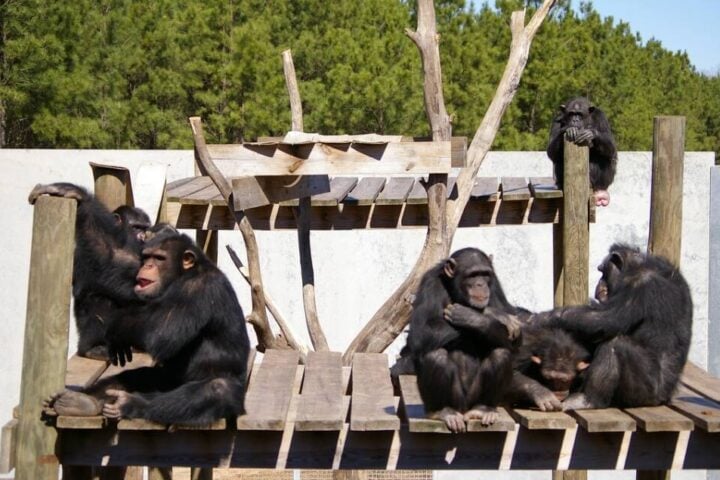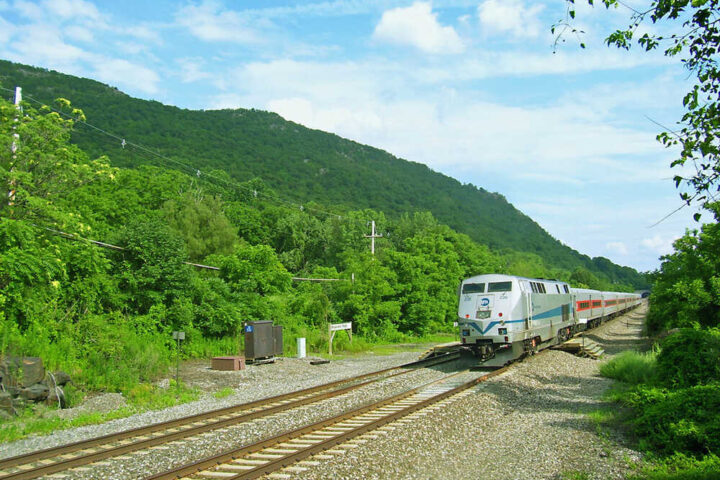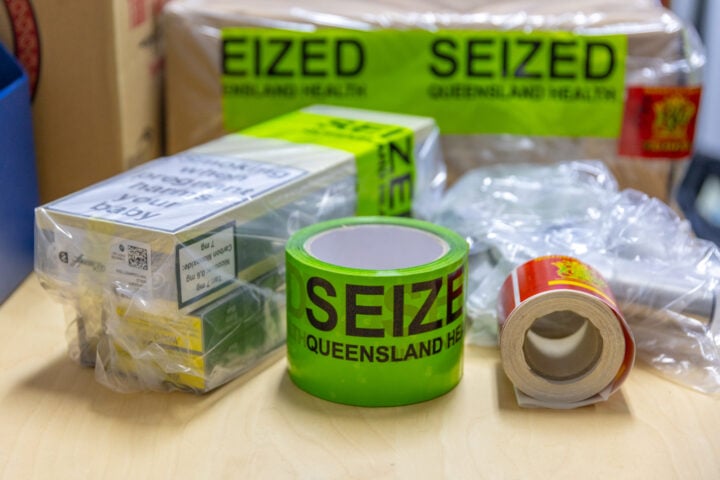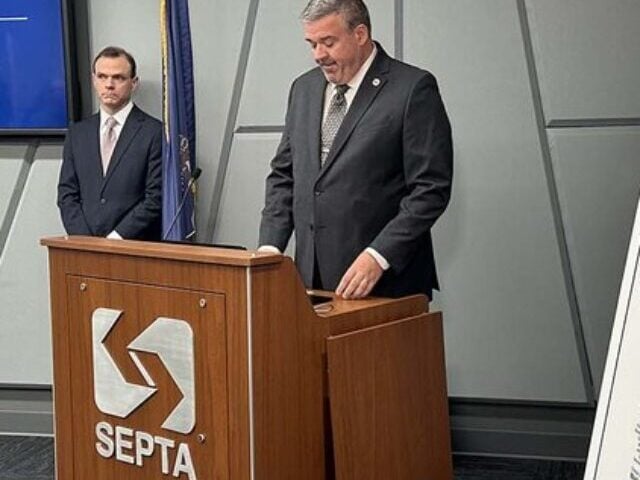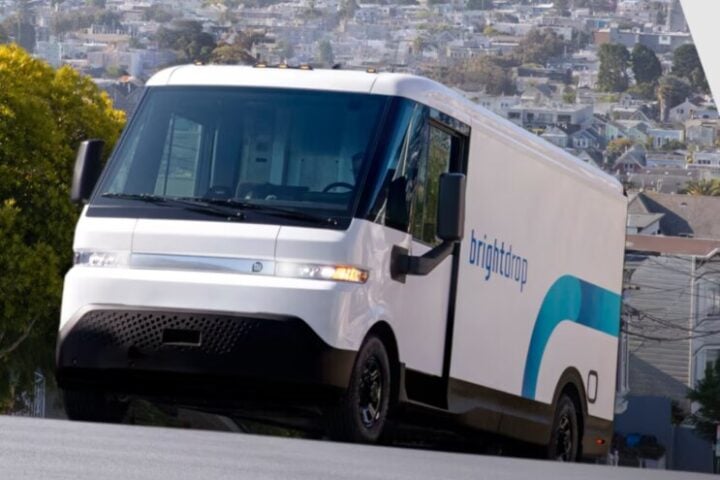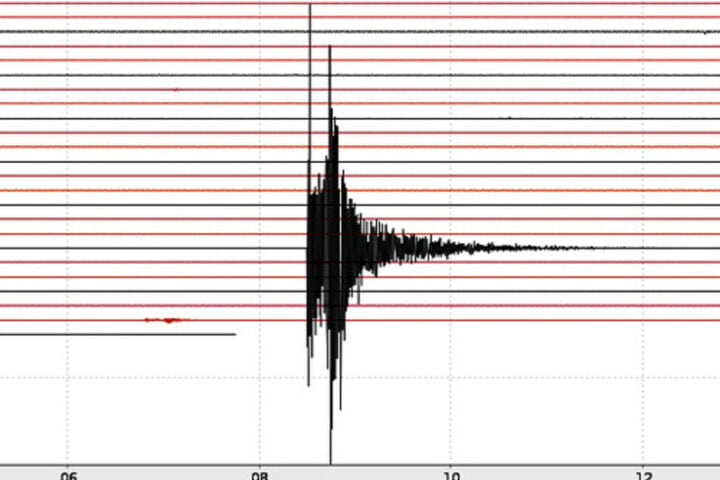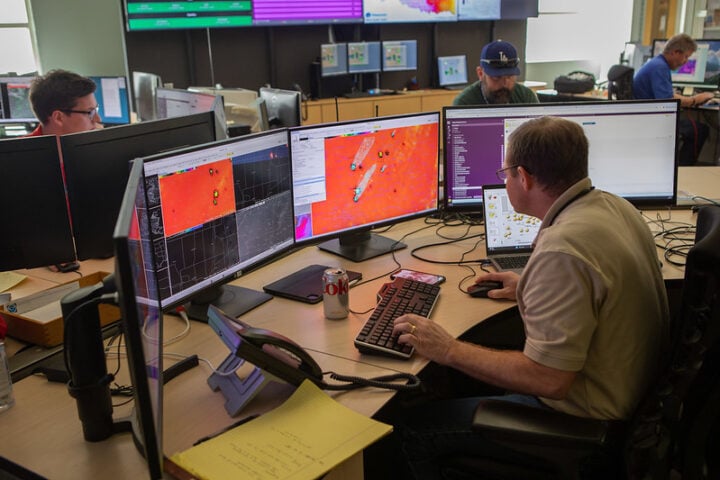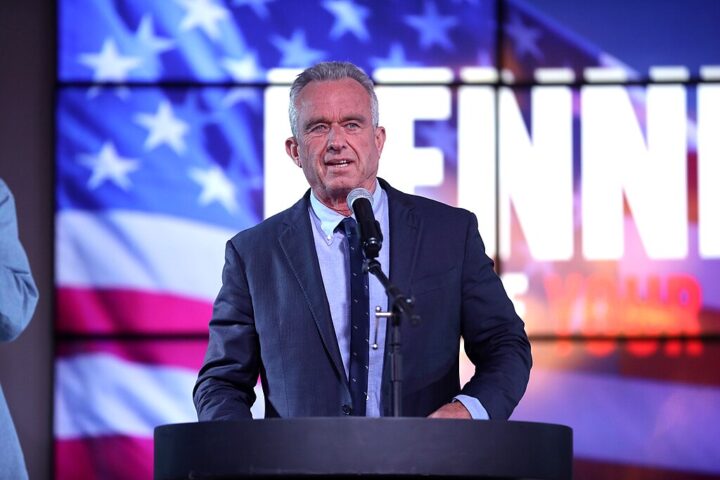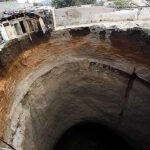Weather constraints forced United Launch Alliance (ULA) to scrub the inaugural launch of Amazon’s Project Kuiper production satellites on April 9, 2025, as “stubborn cumulus clouds” and heavy winds violated launch criteria at Cape Canaveral Space Force Station. The Atlas V 551 rocket, loaded with 27 Kuiper satellites, remained firmly on the pad as launch controllers monitored conditions that ultimately proved uncooperative throughout the two-hour launch window.
“Weather is observed and forecast NO GO for liftoff within the remaining launch window at Cape Canaveral this evening,” ULA announced during its livestream. No new launch date has been announced yet, though meteorological forecasts suggest improved conditions may develop within the next 24 hours.
For Amazon, the delay represents a temporary setback in its ambitious $10 billion effort to deploy a constellation of 3,236 satellites in low Earth orbit (LEO). The company faces a critical Federal Communications Commission (FCC) deadline requiring at least 1,618 satellites—half the planned constellation—to be operational by July 2026, with full deployment required by July 2029.
Amazon’s orbital ambitions pit the e-commerce giant directly against SpaceX’s Starlink, which currently operates approximately 7,000-8,000 satellites and serves millions of subscribers worldwide. The regulatory clock adds pressure to Amazon’s launch cadence, with each delay potentially impacting the company’s ability to meet FCC requirements.
The Atlas V 551 configuration selected for this mission features five solid rocket boosters and an extended payload fairing specifically designed to accommodate the Kuiper payload. These technical modifications enable the rocket to deliver the satellites to their operational orbit at approximately 630 km altitude with a 52° inclination.
Kuiper satellites incorporate sophisticated engineering features, including dielectric mirror films that reduce visibility for astronomers and optical inter-satellite communications links that enable high-speed data transmission across the constellation. These technological adaptations position the Kuiper system as a robust competitor in the satellite internet marketplace.
Financial analysts from Morgan Stanley estimate Project Kuiper could create a $1.5 billion operating margin headwind for Amazon in 2025—a substantial but manageable impact against the company’s projected $76 billion operating income. Industry experts suggest Amazon could leverage its established commercial ecosystem by bundling satellite internet service with existing offerings like Prime membership, potentially creating synergies that enhance customer retention and revenue.
Similar Posts
To meet its demanding deployment schedule, Amazon has secured the largest commercial launch procurement in history, with contracts spanning multiple providers:
- 8 launches on ULA’s Atlas V rocket (including this first mission)
- 38 launches on ULA’s newer Vulcan Centaur vehicle
- 12 launches on Blue Origin’s New Glenn rocket, with options for 15 more
- 18 launches on Arianespace’s Ariane 6
This diversified approach to launch services provides Amazon with redundancy in its deployment strategy, though each day of delay adds pressure to the company’s timeline for achieving operational status.
The launch attempt came six years after Amazon first unveiled plans to build its satellite constellation. The company has been manufacturing satellites at its dedicated facility in Kirkland, Washington, which aims to scale production to as many as five satellites per day to support the aggressive launch schedule needed to meet regulatory requirements.
For Amazon, getting these first 27 satellites into orbit represents just the beginning of a complex deployment that will require consistent launch success across multiple providers over the next several years. The company expects to begin commercial service later in 2025, assuming successful deployment and testing of its initial satellite clusters.
While launch delays are common in the space industry due to weather and technical factors, Amazon’s late entry into the LEO satellite internet market means each delay carries competitive implications. The company has successfully tested two prototype satellites (KuiperSat-1 and KuiperSat-2) launched in October 2023, validating the core technologies that will power the production constellation.
As ULA and Amazon work with the U.S. Space Force’s Eastern Range to identify a new launch opportunity, the mission remains a critical milestone in Amazon’s efforts to establish itself as a major player in the rapidly evolving satellite communications market. For consumers and businesses in underserved and remote regions worldwide, the successful deployment of Amazon’s Kuiper constellation would introduce a new competitive option for high-speed, low-latency internet.
